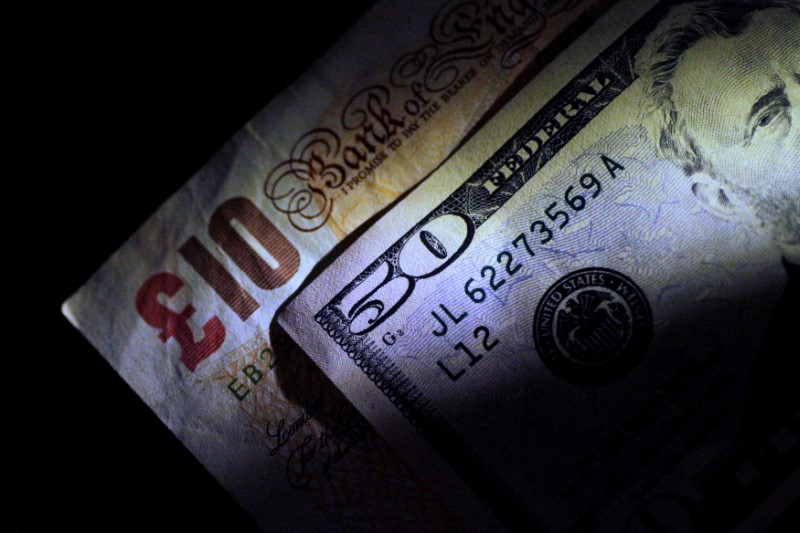
At 04:00 ET (09:00 GMT), the Dollar Index, which tracks the greenback against a basket of six other currencies, traded 0.1% higher at 106.125, just below the 106.39 level seen earlier Tuesday, the highest since the beginning of November.
The safe-haven dollar has been supported by a reduced risk appetite given the elevated tensions in the Middle East, as traders cautiously await Israel’s response to the Iranian strike over the weekend, amid fears of a wider regional conflict.
Additionally, Monday’s hot retail sales–up 0.7% last month, compared with an expected 0.3%–raised more questions about when the Federal Reserve could begin cutting interest rates, following robust employment gains in March and a pick-up in consumer inflation.
“Consumption was meant to be the weak link in the U.S. economy,” said analysts at ING, in a note, “but the lack of slowdown in this segment very much supports the view that the Federal Reserve is in no rush to cut rates.”
Mary Daly, the president of the San Francisco Federal Reserve Bank, added to the growing feeling that the U.S. central bank will take its time with rate cuts.
She said on Monday, there is “no urgency” to cut with the economy and labor market strong, and inflation still above the Fed’s target of 2%.
The economic calendar today includes the release of industrial production data for March, as well as the latest readings of housing starts and building permits, which will provide more insight into the health of the housing sector.
But the main focus will be on an address by Fed Chair Jerome Powell, due later in the session, for more cues on the path of interest rates and the U.S. economy.
In Europe, GBP/USD drifted 0.1% lower to 1.2438, with sterling trading near a five-month low after data showed British wages excluding bonuses grew by 6.0% in the three months to the end of February year-on-year.
This represented a drop from 6.1% the previous month, suggesting that wage growth may have topped, presenting the Bank of England with an opportunity to cut interest rates if this continues.
BoE Governor Andrew Bailey said last month there had been “further encouraging signs that inflation is coming down,” but he also said the BoE needed more certainty that price pressures were fully under control before cutting.
EUR/USD fell 0.1% to 1.0615, near its weakest level since early November last year, continuing to weaken after the European Central Bank last week hinted at a rate cut in June.
A cut in June would rely on no further setbacks in the geopolitical situation that affect energy prices and thus inflation, ECB policymaker Olli Rehn said on Tuesday.
In Asia, USD/JPY rose 0.2% to 154.55, rising to a new 34-year high above 154.
This recent weakness in the yen has occurred even as several Japanese government officials warned against excessive forex speculation, raising the possibility of intervention in currency markets.
Japanese Finance Minister Shunichi Suzuki said on Tuesday he was closely watching currency moves and will take a “thorough response as needed.”
USD/CNY edged higher to 7.2386, little moved even as GDP data showed the economy grew more than expected in the first quarter.
But this was undermined by softer-than-expected industrial production and retail sales data for March, which suggested that momentum in the Chinese economy may already be slowing after a strong start to the year.
The People’s Bank of China also set a weak midpoint for the yuan, indicating that the central bank has limited headroom to keep supporting the Chinese currency.
To read the full article, Click Here

